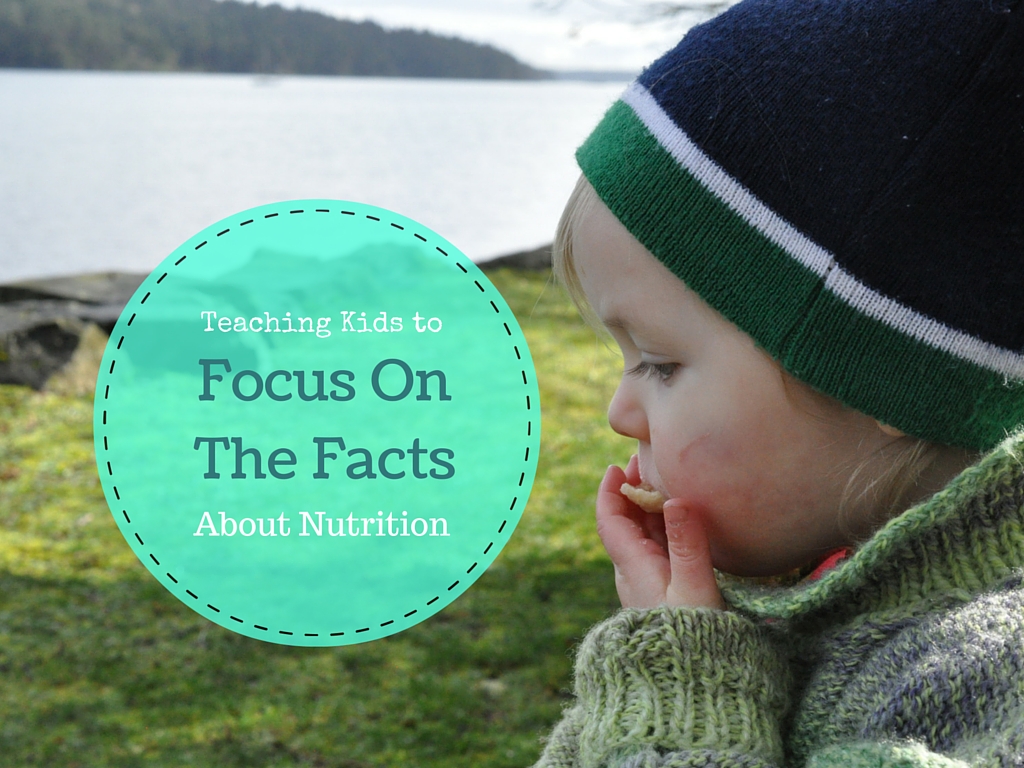
This post is part of the YummyMummyClub.ca and the Food & Consumer Products of Canada #FocusOnTheFacts sponsored program. I received compensation as a thank you for my participation. This post reflects my personal opinion about the information provided by the sponsors.
Each week I head to the grocery store, armed with my list, my credit card, and my two-year-old tag-along shopper. Now, as a stay-at-home mom, blogger, substitute Early Childhood Educator, and (somewhere in there) a woman with friends and hobbies of my own, my life is busy. As much as I would love to be the kind of mama that carefully prepares each meal from scratch, that’s not always a reality. Besides being too busy to spend hours chopping and stirring in the kitchen each day, soaking dried beans and simmering soup bases, culinary arts are not my forté. While I sometimes wind up with food that pleases our palates, often my meals end in disaster.
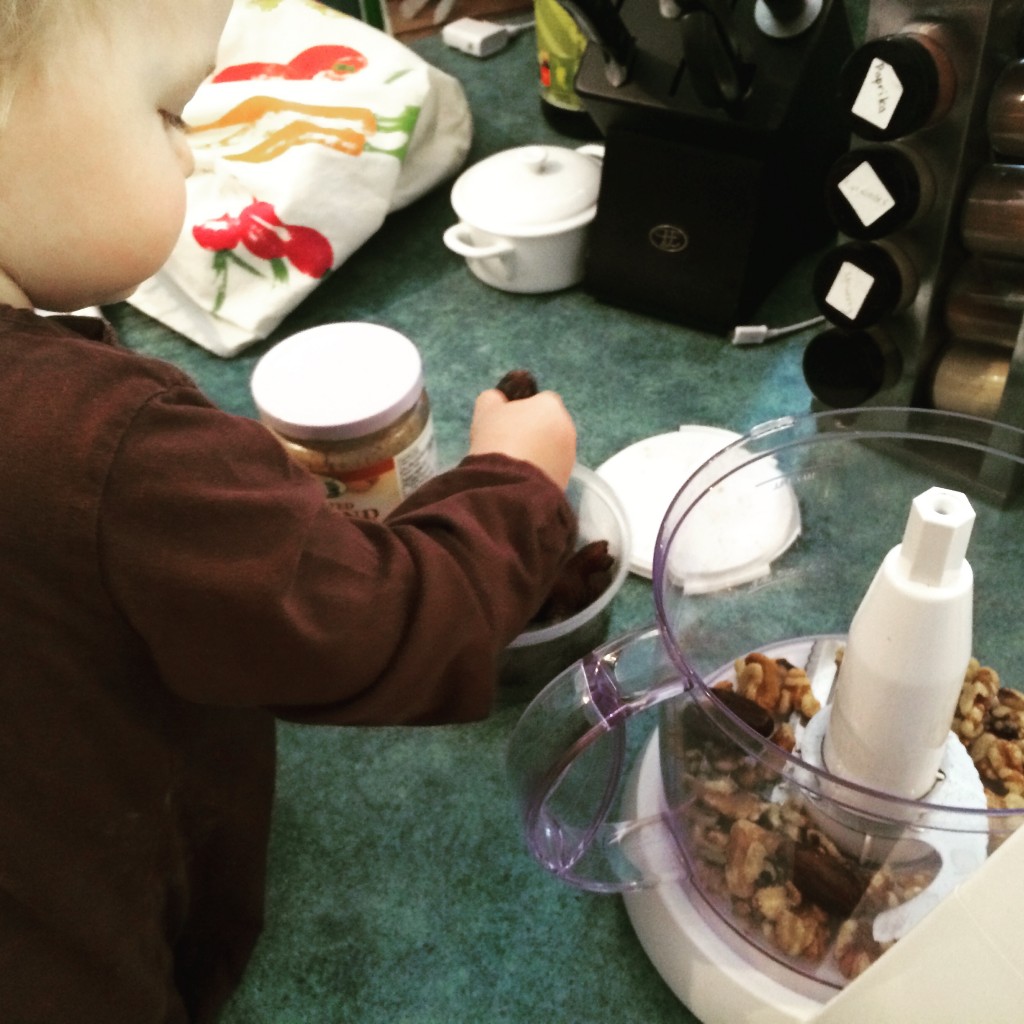
So, while my daughter, who absolutely loves to help us in the kitchen, may not learn any master chef secrets from me, by golly, if I can’t at least teach her how to select healthy food choices. Whether she cooks tremendous meals with these nutrition tips or not, she’ll at least be able to nourish her body with the important nutrients she needs to fuel her body and mind.
As an Early Childhood Educator, I was aware of the importance of talking to my child about what’s going on around her from the get-go. On each trip to the grocery store, I would carry on a conversation about what we saw, what we needed, and for each item I picked up, I would explain out loud what I was looking for and noticing about the food items. As awkward as it may have been at first, chatting (apparently) to myself, I soon grew to embrace the non-stop monologue of our shopping experience.
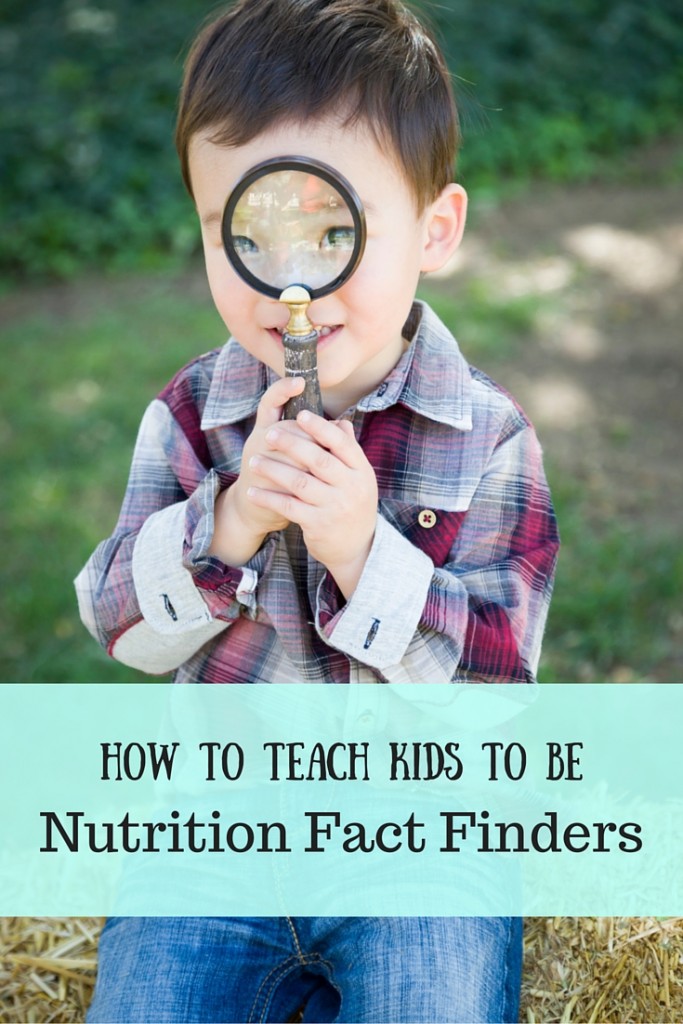 As a young adult, first experiencing shopping for groceries at my own discretion, I found the Nutrition Facts table (NFt). It was a helpful tool for me to focus on the facts about the nutritional value of packaged food items, making my choices easier and more informed. Now, as a parent of a toddler who is beginning to develop a palate for different foods and who needs a variety of nutrients to grow and thrive, I again turn to the Nutrition Facts table to inform my decisions on what to feed my child.
As a young adult, first experiencing shopping for groceries at my own discretion, I found the Nutrition Facts table (NFt). It was a helpful tool for me to focus on the facts about the nutritional value of packaged food items, making my choices easier and more informed. Now, as a parent of a toddler who is beginning to develop a palate for different foods and who needs a variety of nutrients to grow and thrive, I again turn to the Nutrition Facts table to inform my decisions on what to feed my child.
This handy tool makes it easy for me to quickly refer to the label (awesome, since timing is essential when shopping with a toddler) to see exactly how much of what components are in the food I’m considering offering her. For example, this morning I stopped at a grocery store to quickly pick up something extra to add to the lunch I had packed for my little girl. Trying to choose between two different choices of toddler bars, I glanced at the ingredients list. Had I only looked at this, I would have made the choice for bar A, but when referring to the NFt, I could see that bar B was actually the better choice for including more of the nutrients I wanted for her, and less of the components I was trying to avoid.
As my little one has grown to become an enthusiastic conversation partner, the monologue has turned to dialogue. It excites me to hear how she’s been taking in the information I’ve been verbalizing. She is well aware that food contains vitamins, which make our bodies healthy, as well as sugar, which we try to limit. She also knows that we can find out how much of each is in our products by looking at the label on packaged foods. I’m sure that this basic understanding has come from my open conversation with her as we shop.
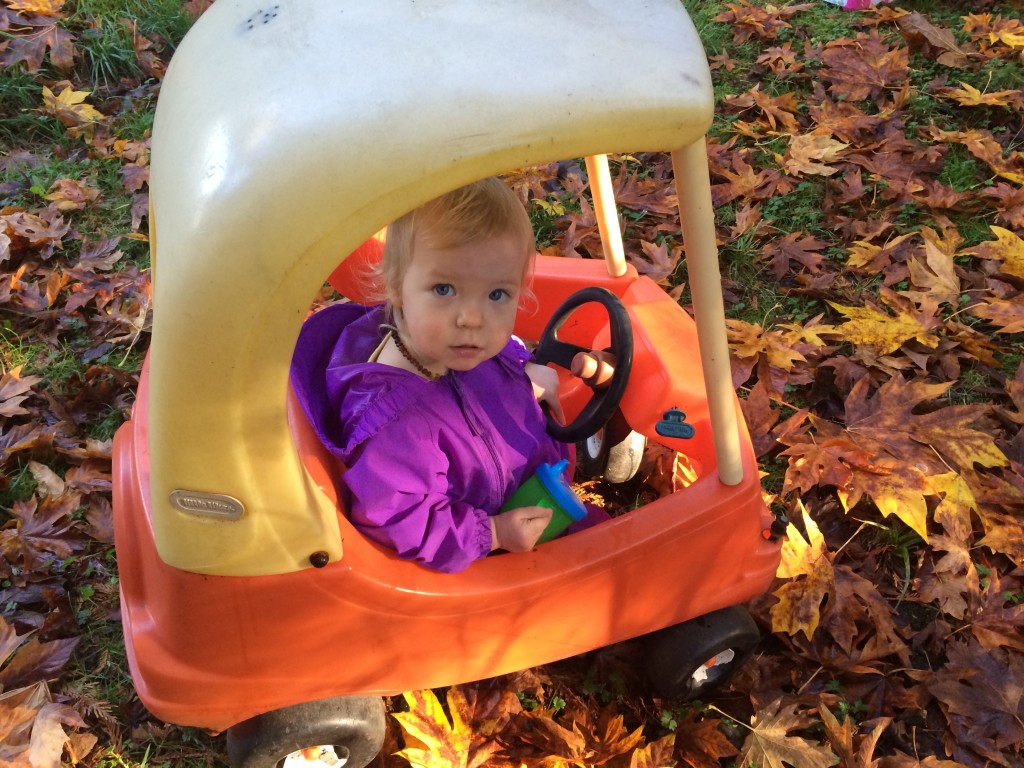
You’ve undoubtedly seen the Nutrition Facts table (NFt) adorning the labels of the food items you purchase. But do you know what it all means, and how to use this table? The Food & Consumer Products of Canada (FCPC), Health Canada, Retail Council of Canada (RCC), and the Canadian Federation of Independent Grocers (CFIG) has put together these tips as part of their “Focus on the Facts” Nutrition Facts Education Campaign to help consumers make informed food choices. These are strategies I use to help me choose items off the grocery store shelves, and I hope you make use of them, too.
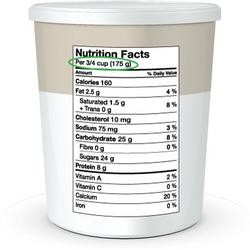 When it comes to reviewing the NFt, start with the Serving Size and then look at the % DV to make an informed choice for you and your family.
When it comes to reviewing the NFt, start with the Serving Size and then look at the % DV to make an informed choice for you and your family.
• Serving Size: Start with Serving Size. Information in the NFt is based on this quantity of food. If you eat a different amount than the Serving Size, you will need to adjust the numbers in the NFt. Check to see if the Serving Sizes are similar when comparing packaged food.
• Percent Daily Value: Use % DV to see if a Serving Size has a little or a lot of a nutrient. Use % DV to compare packaged food.
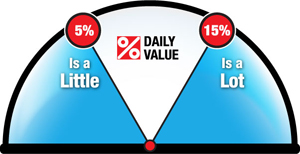 • Nutrient: 5% DV or less is a little and 15% DV or more is a lot. Choose packaged food that has more of the nutrients you want, like fibre and calcium, and less of those you don’t, like saturated and trans fats and sodium.
• Nutrient: 5% DV or less is a little and 15% DV or more is a lot. Choose packaged food that has more of the nutrients you want, like fibre and calcium, and less of those you don’t, like saturated and trans fats and sodium.
• For more information on learning how to use the NFt, head to Canada.ca/NutritionFacts
As an initiative to help encourage families to make healthy food choices, www.FocusontheFacts.ca is hosting a giveaway of a $300 grocery card. Who couldn’t use free groceries? I suggest you head on over to enter for a chance to win free groceries.
Life is busy. We have to accept that we can’t always do things “perfectly”, like always making whole-food meals from scratch, but we can make it a priority to do the best possible. The NFt is a tool I hope you will feel confident referring to with these tips, and I encourage you to speak out loud while you read labels. Let’s include our children in our decision-making, so they can learn about making healthful choices.
Image credit: The last two images have been borrowed from Canada.ca/NutritionFacts
5 thoughts on “Teaching Kids to Focus On The Facts About Nutrition”
I love the idea of including the kids on learning about nutrition. Start them young, while they’re eager to learn! I didn’t learn about nutrition until high school. By then, I was fully grown! Great post, thanks for sharing.
Yes! There are so many things I wish I had learned more about when I was younger. Cooking and cleaning were (and still mostly are) mysteries to me once I moved out on my own.
Cooking for a five year old is a drag. When she was little she ate everything I did and now she’s super fussy. Thank goodness for green smoothies, at least I know I’m getting some good organic produce into her. I’m hoping that being involved in gardening this spring will help. Thanks for sharing the Nutrition Fact Table, that’s handy to have bookmarked.
My little has never really eaten much of anything. There are times when she will, and she certainly does at least try a lot of things, so she’s building a little variety to draw from. (Emphasis on the little.)
Glad this post is helpful for you! Thanks for commenting!
Pingback: 7 Healthy Choices for a Healthy Family - The Big To-Do List